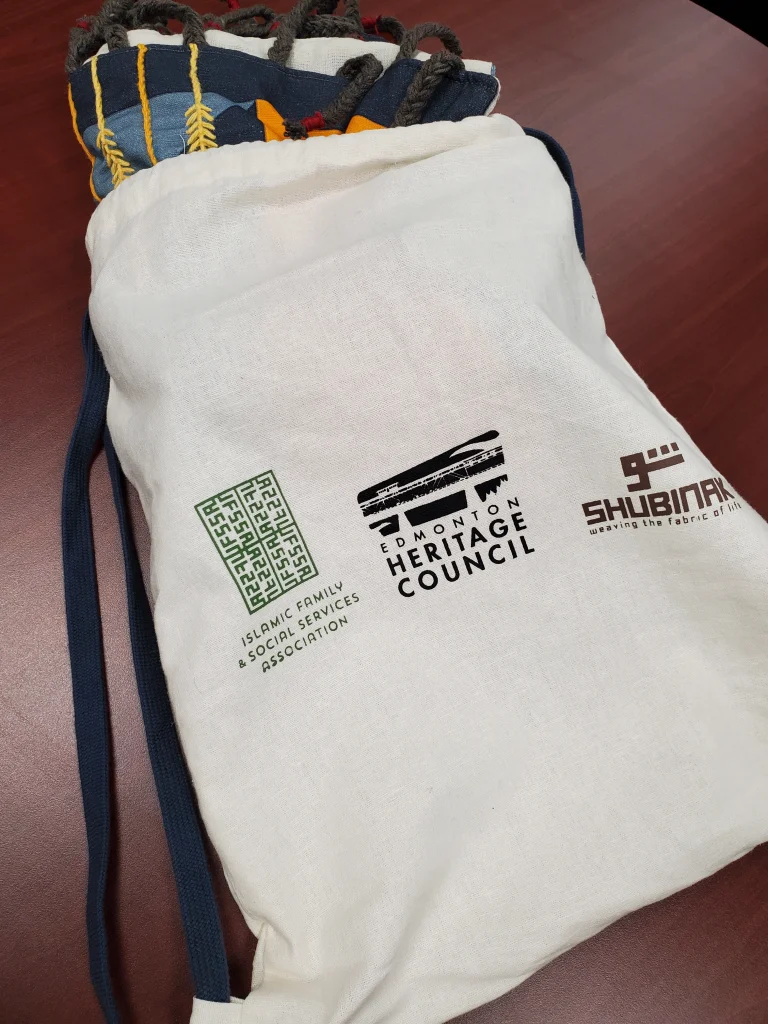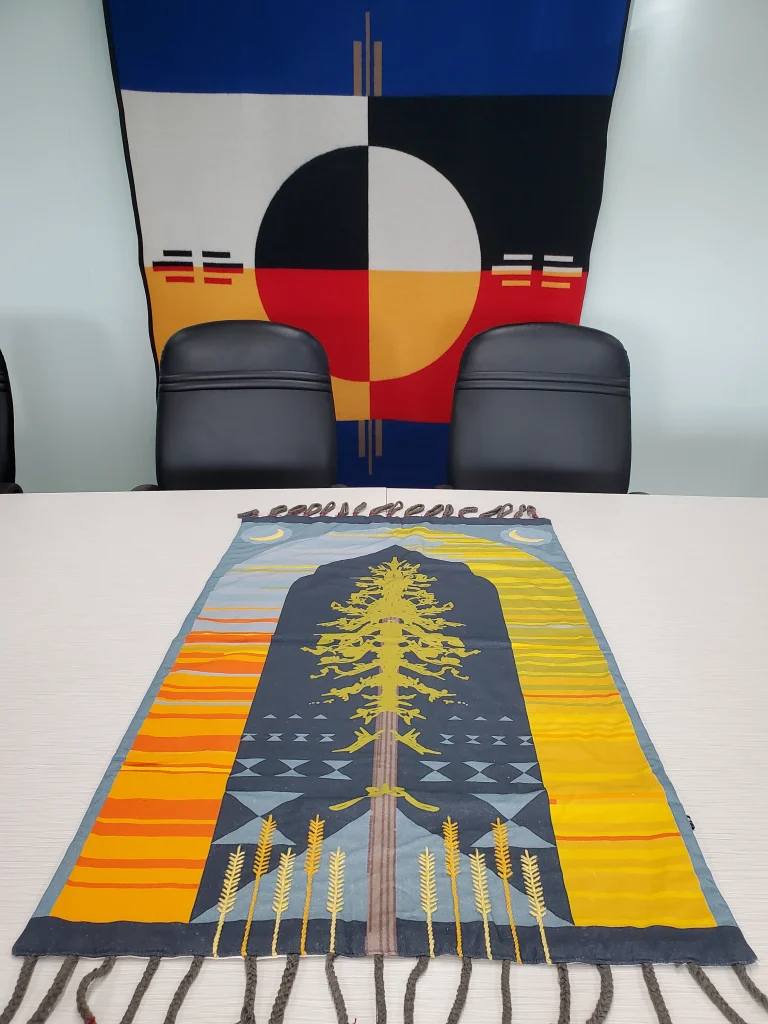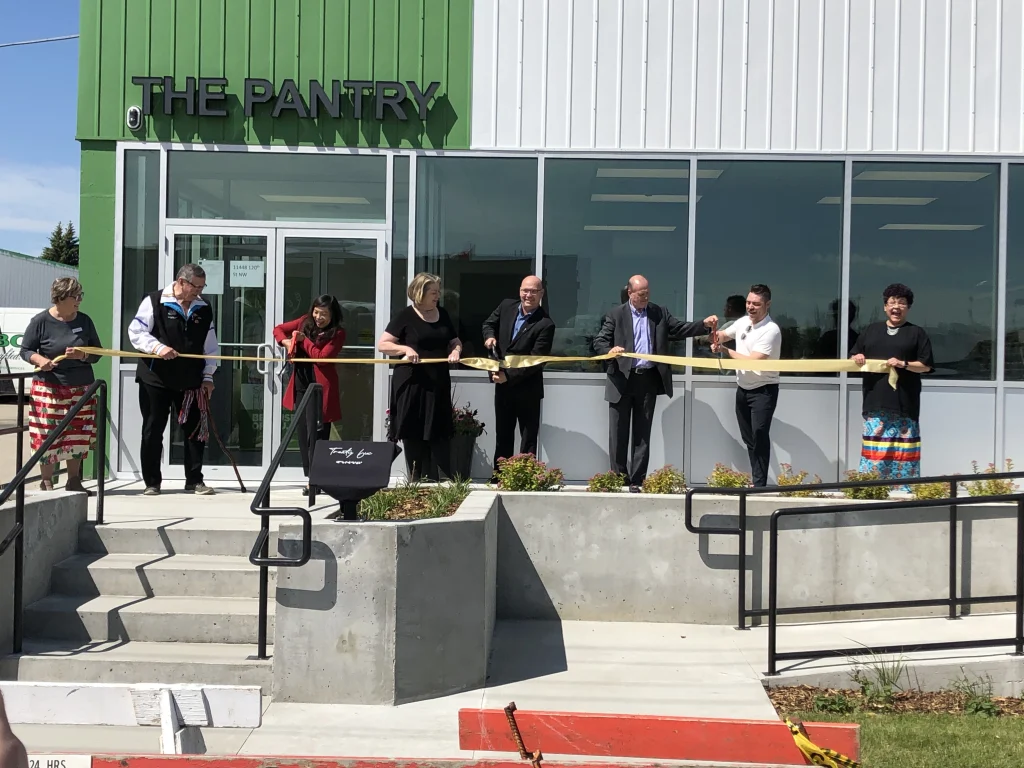Racialized communities, sometimes called Black, Indigenous, and People of Colour (BIPOC), experience higher rates of food insecurity than white Canadians.
According to data on food insecurity from the interdisciplinary research program PROOF, in 2022, 39.2 per cent of Black households and 33.4 per cent of Indigenous households were living in food-insecure households.
For racialized community members, including Black and Indigenous people, stigma can be layered. While anyone may feel stigmatized visiting a food bank because of the value placed on individualism and self-sufficiency, Indigenous people also contend with racist narratives that suggest Indigenous communities are already too dependent or receive more help than settler and especially white Canadians. Refugees and newcomers may also feel this stigma or different stigma related to their culture of origin and how asking for help is viewed.
Reducing stigma: What are food banks doing?
Food banks in the network of 10 Provincial Associations and 4,750 hunger relief organizations are trying many things to reduce the stigma associated with accessing them.
Edmonton’s Food Bank is perhaps most well-known as the first food bank in Canada founded in 1981. It wasn’t long into their existence that diversification of their staff team became an ongoing priority starting in the 1990s.
It’s important to the organization that the staff and volunteers reflect Edmonton’s racial and other forms of diversity; over 40 per cent of Edmonton’s residents are from non-Indigenous racialized communities and another over 6 per cent are Indigenous.
The increased demand on the food bank over the pandemic meant hiring more staff. This was a chance to keep diversifying the team and take more steps toward creating an accessible and equitable organizational culture reflected in their practices, policies, and physical spaces.
The staff team of 80 currently includes:
- Over 30 languages spoken
- 10 per cent Indigenous employees
- Employees from several equity-deserving communities including Muslim people and 2SLGBTQIA+ folks
A team and space for Edmonton’s diversity
Executive Director Marjorie Bencz recognizes the difference it makes when someone comes to use the food bank and meets a staff person who shares their culture and language.
Edmonton’s Food Bank also made an intentional decision to have an Indigenous person working at reception to welcome folks.




Through relationships and conversation with Muslim staff, the organization began providing prayer rugs that could be used wherever staff and volunteers feel most comfortable to practice salat, the daily ritual Muslim prayer.
Edmonton’s Food Bank is also engaged in ongoing relationships with Indigenous communities and ensuring their spaces are culturally welcoming. Toward this, they named their second building Ni-so, which means “two” in Cree. The building’s opening ceremony was in collaboration with Indigenous staff.
Donations to Food Banks Canada increase our capacity to support food banks across the national network as they work to reduce the stigma associated with using their services.